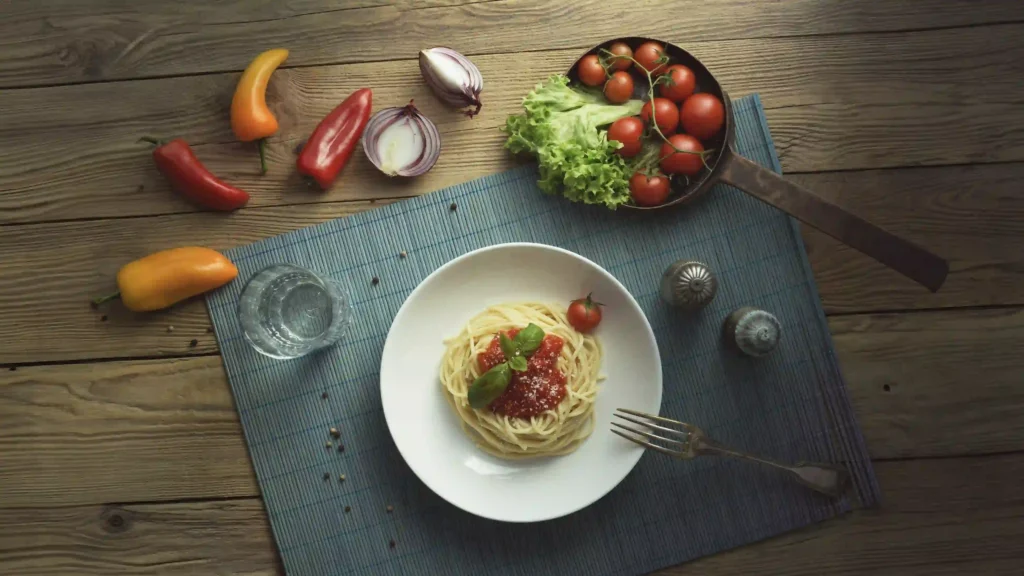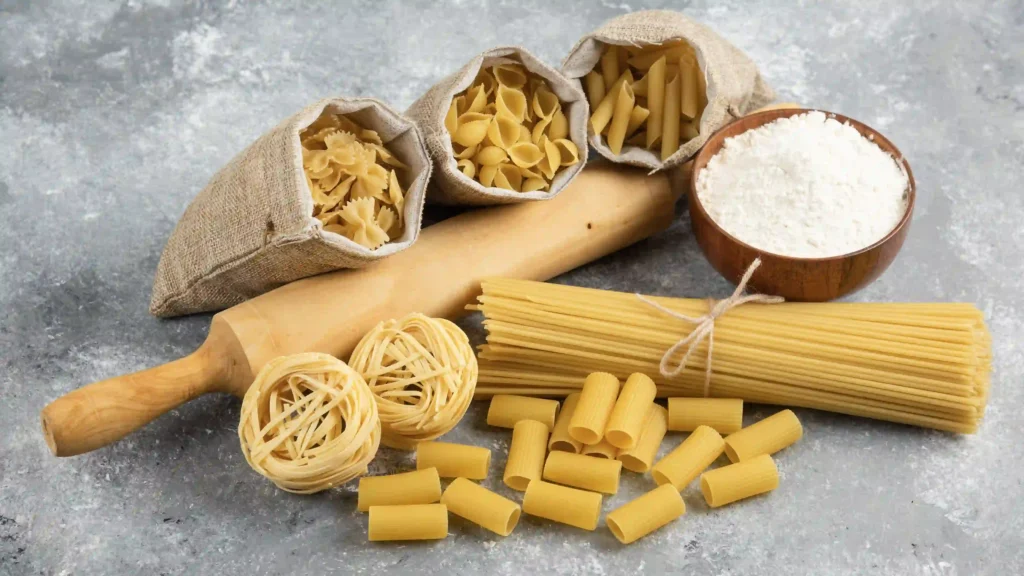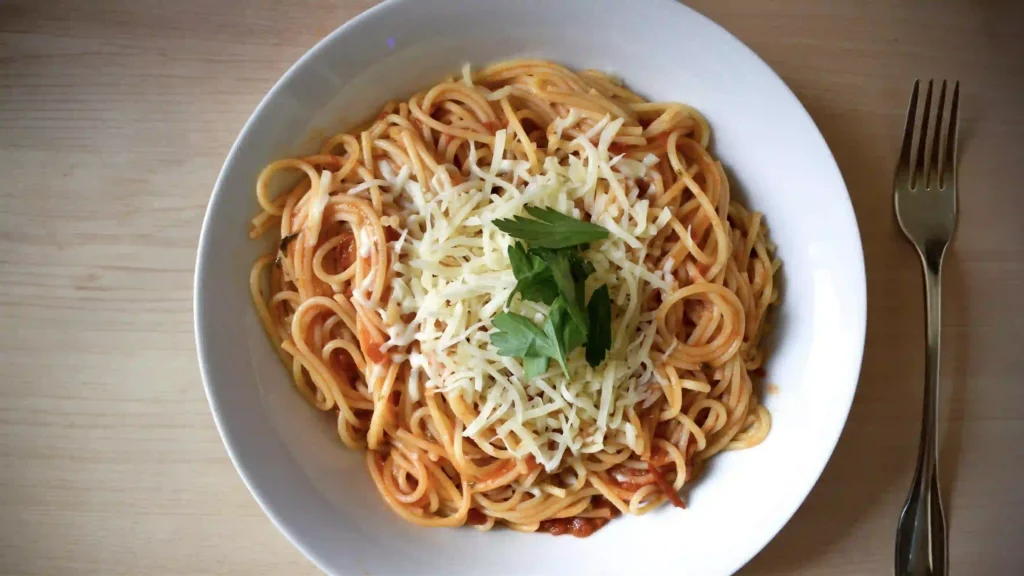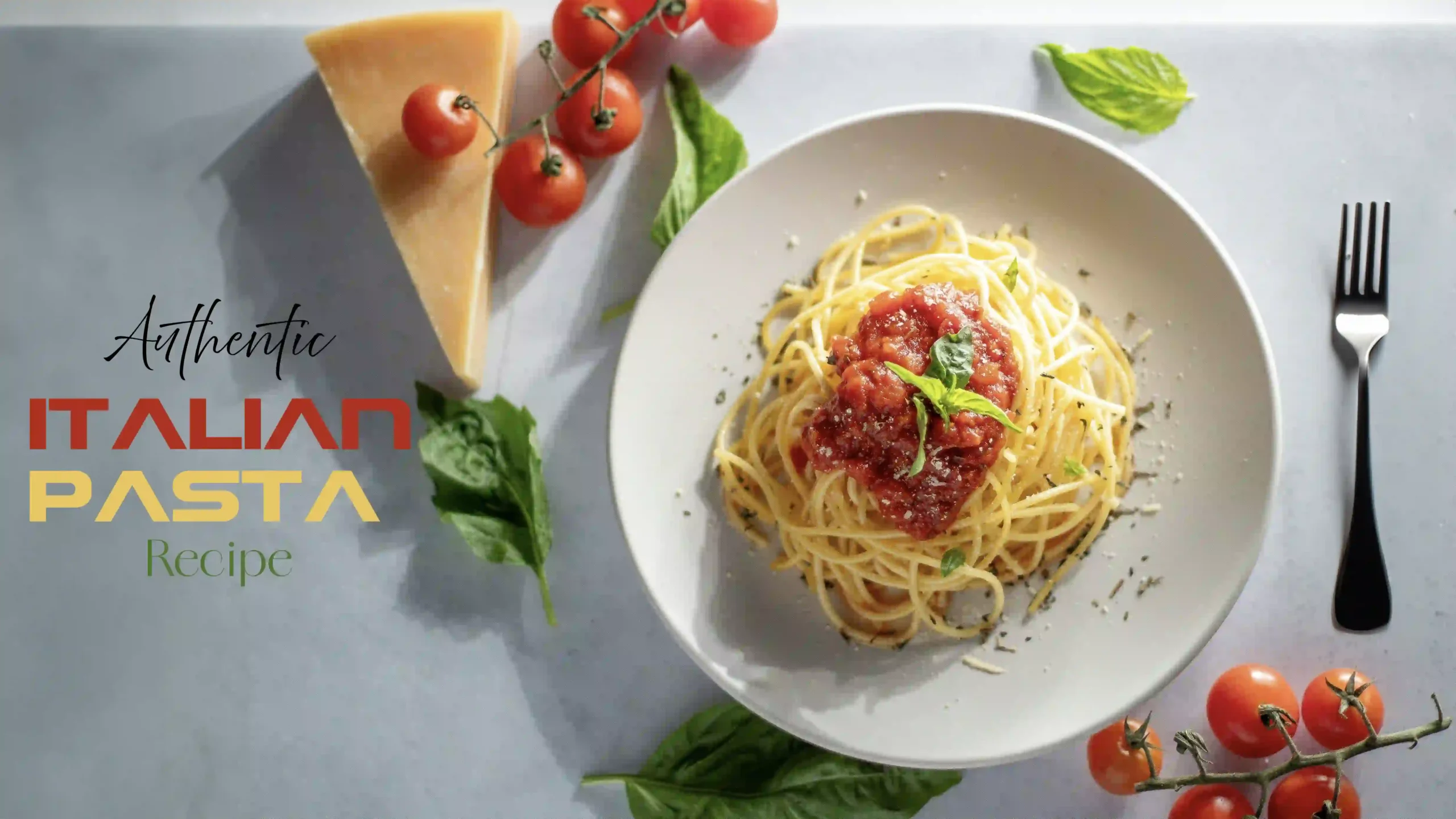Italian pasta is an all-time famous dish enjoyed by people irrespective of age, sex, race and culture in the world due to its rich aromatic taste and satisfactorily. This guide will show you an Italian pasta recipe with detailed explanations on how to choose the proper pasta and cook yummy sauce. This guide is useful for anyone from the novice kitchen enthusiast to a seasoned trained chef, as it shall demystify how to assemble an amazing plate of pasta. Welcome to the journey of the Italian tasting buds!
Table of Contents

Introduction
Italian food is traditionally very plain as each type of food or vegetable is cooked whole and in its purest form. Pasta is one of the nicest things that Italy has given to the world in terms of food. Able to come in any number of shapes, served with any type of sauce and garnished with any number of toppings pasta can easily be made to fit nearly any palate. In this recipe we will discuss about the basic ingredients needed for Italian pasta, the process of preparing Italian pasta and few tips that may be useful for you to create excellent Italian pasta.
List of Ingredients for Authentic Italian Pasta
Authentic Italian pasta requires the use of fresh and high quality ingredients. Here’s what you’ll need to make the perfect pasta:
Types of pastas:
Different pasta types have different textures and tastes of the foods that you want to prepare. Here are some classic varieties used in Italian cooking:
Spaghetti
Spaghetti is elongated and thin but suited for kvp, rich sauces as well as tomato sauces. Its versatility makes it one of the most popular choices for Italian pasta recipes.
Penne
Penne has a tube like structure and is ideal to scoop thick varieties of sauces. This short, tube-like pasta is ideal for baked pasta dishes as well.
Fettuccine
Fettuccine is another type of pasta that is flat and ribbonly in form and best used with cream based sauces to boot. Normally, Alfredo sauce is accompanied by fettuccine.
Sauce Essentials
The sauce is the life of a good pasta dish. Here are a few iconic Italian sauces that you can pair with any pasta:
Basic Marinara Sauce
As simple as it sounds – tomatoes, garlic and basil, marinara sauce is a light sauce ideal for spaghetti or penne.
Creamy Alfredo Sauce
Hearty and rich – butter, heavy cream, Parmesan cheese for an ideal sauce for pasta-based dish. It’s best paired with fettuccine.
Pesto sauce
Pesto sauce is a mixture of freshly crushed basil leaves with crushed garlic, Parmesan cheese, and pine-kernels; perfect with fusilli or linguine.

Step-by-Step Guide to Making Italian Past
The process and procedures on how to prepare Italian pasta plus now putting pride to the techniques of Italian pasta. Here, we’ll take time and show you how to prepare the pasta right from preparing the sauce.
Preparing the Pasta
- The first step is where you heat water in a large pot. Work with about 4-6 quarts of water per pound of pasta.
- Season the water with plenty of salt. This step is essential because the seasoning gets inside the pasta.
- Toss the pasta to the boiling water and cook to ‘al dente according to the package’s instructions. If you notice it is sticking on the bottom of the pan stir occasionally.
Preparing the Sauce
Depending on the type of sauce you choose, here’s a guide to making each one.
Making Marinara
In this Marinara sauce cooking the garlic and onions in olive oil, then add the tomatoes and add salt, ground black pepper, and basils. Simmer until thick and aromatic
Preparing Alfredo
In a pan, melt butter then add cream and continue to pour in grated Parmesan cheese in while stirring till consistency thickens. Season with a pinch of salt and pepper.
Making pesto
Chop fresh basil, garlic, then add parmesan and pine nuts and blend them until smooth.Gradually use the olive oil to make the consistency of the paste optimal.
Combining Pasta and Sauce
Depending on the direction of the pasta that is being used drain the pasta when it is cooked well al dente but reserve a little pasta water. Throw the pasta in the sauce and add a bit of water in which you reserved, so that the sauce would stick properly to the pasta and it would be creamy. Stir well allowing the pasta to soak the flavors well.
Tips for Perfectly Cooked Pasta
A few tips can make a big difference in the texture and flavor of your pasta:
Al Dente Perfection
Cooking pasta “al dente” means it should be slightly hard and offer a good bite to chew on while enjoying the sauce.
Salted Water Ratio
Use more salt in water at least 1-2 tablespoon to a liter of water for boiling pasta. This makes the pasta be fully flavored without the added usage of salt in the preparation.
Common Mistakes to Avoid
- Do not rinse pasta after you drain it – you will wash away the starch that helps sauce bind.
- Remember not boil the pasta; al dente pasta is preferred in Italian cuisine because it is not overcooked.
- Do not use oil in pasta water – it forms a barrier between your pasta and the sauce.
Serving Suggestions
In order to have a uniquely Italian flavor, please garnish with pecorino romano cheese, a touch of extra virgin olive oil and accent the dish with fresh basil or parsley. Best to be enjoyed with a side dish of garlic bread/butter or even a simple salad.

Conclusion
Therefore, when preparing Italian pasta, it goes without saying that it is an art, but with these few and easy ingredients and basic techniques, then you’re on your way to preparing a delicious, rich and authentic restaurant style pasta. Play around with sauces, go through different types of pasta and make the meal your own. Buon appetite!
FAQ’s
Q1: How do I prevent sticking of pasta?
A: You don’t need to add oil to the water, you simply stir the pasta from time to time.
Q2: Can I prepare Pasta in Advance?
A: You can cook pasta in advance but remember it should be slightly uncooked and Cool it Quickly. Reheat the Pasta in Sauce and your Paste is ready to serve.
Q3: What quantity of Pasta should I cook per Person?
A: Around 2 ounces of dry pasta is enough to cooked per person.
Q4: What should I use fresh or dried pasta?
A: Fresh pasta is softer with quick cooking, dried pasta is better for when the sauce needs a longer time to cook.
Q5: How should I preserve the leftover pasta?
A: Refrigerate and place it away in an airtight container and it can be eaten for up to three days. Just rewarm gently with a little water or sauce to moistened the food.

